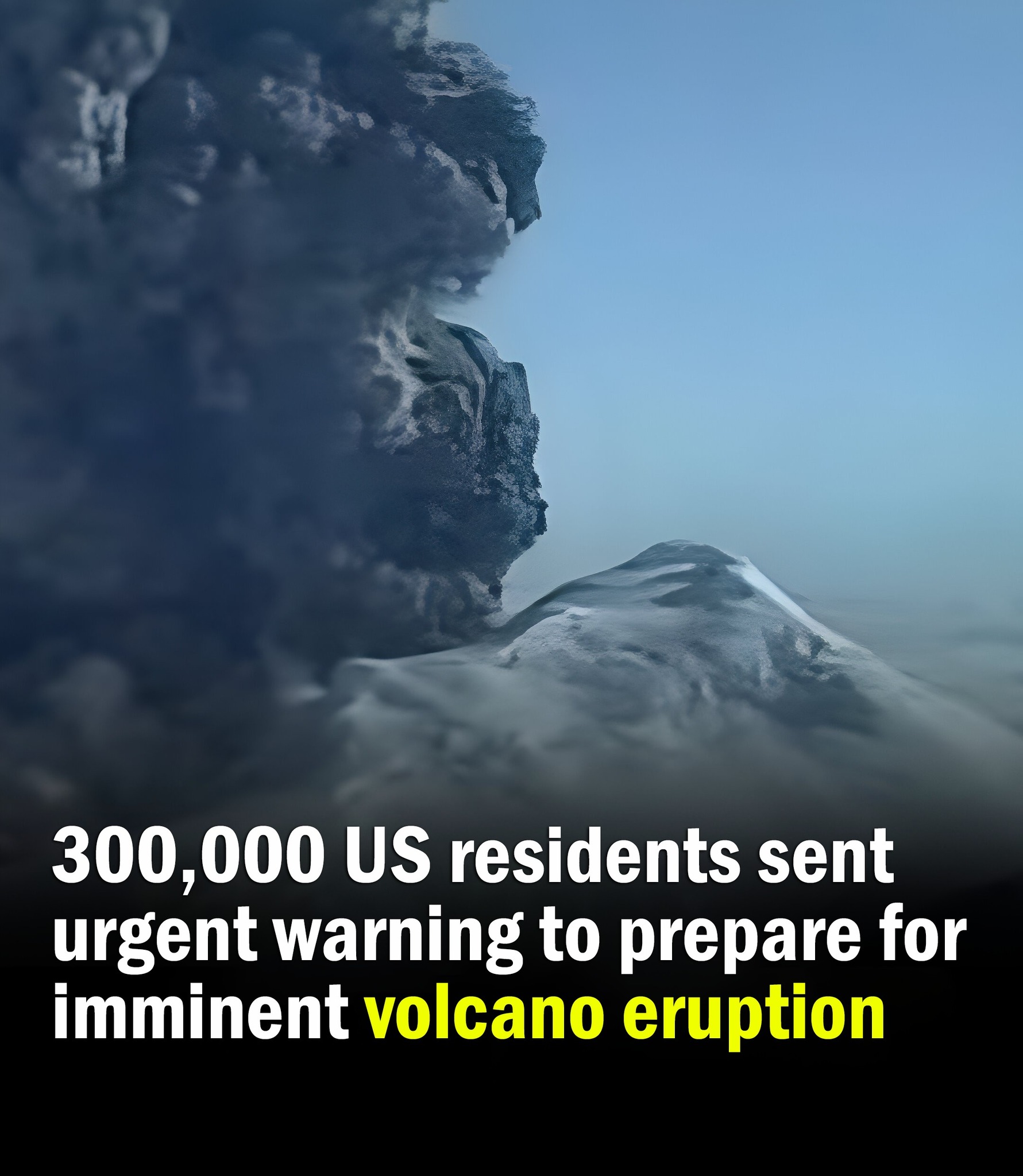Mount Spurr, a towering 11,070-foot stratovolcano located 81 miles west of Anchorage, Alaska, has begun showing unsettling signs of activity after decades of silence, prompting immediate concern for the 300,000 residents potentially at risk. Long covered in a blanket of snow and largely forgotten by those nearby, the volcano is now firmly in the spotlight as scientists at the Alaska Volcano Observatory (AVO) monitor the situation closely.

Over the past year, more than 3,400 earthquakes have been recorded beneath Mount Spurr, with weekly counts exceeding 100 tremors between February and March, strongly suggesting that magma is pushing upward beneath the surface. Memories of Mount Spurr’s previous behavior linger heavily, especially the three eruptions of 1992, which sent ash clouds high into the sky, severely disrupted air travel, and caused significant health issues in the Anchorage area. Today, Alaskans are preparing once more, stocking up on masks, goggles, air purifiers, and assembling emergency kits as they anxiously await updates.
The surge in earthquake activity is impossible to ignore, as each tremor reflects the earth’s crust straining under the pressure of rising magma. Although the volcano’s alert level remains moderate, the pattern of seismic activity mirrors the lead-up to the 1992 eruptions, causing scientists to increase monitoring efforts using seismometers and satellite imagery to track ground deformation and gas emissions like sulfur dioxide, which often signal an impending eruption.
In 1992, ash from Mount Spurr reached heights of more than 12 miles, falling over Anchorage, impacting homes, schools, and businesses, forcing people indoors and halting air traffic. Health risks are a major concern, particularly from volcanic ash, which is sharp and abrasive, posing serious dangers to anyone with respiratory issues like asthma. During past eruptions, inhaling ash caused widespread discomfort and worsened existing health problems, which is why health officials now urge residents to prepare by securing N95 masks, sealing windows, and readying air filtration systems to minimize exposure.
Ashfall can also clog engines, damage vehicles, contaminate drinking water, and reduce driving visibility, making even routine tasks hazardous. Local authorities emphasize that early preparation—such as staying indoors, using proper protective gear, and maintaining clean air environments—can significantly reduce the health and safety risks associated with an eruption. Drawing lessons from Mount Spurr’s past, particularly the disruptive eruptions of 1953 and 1992, scientists are studying patterns in ash dispersion, seismic data, and gas emissions to predict how future activity might unfold. Although Mount Spurr lies across Cook Inlet from Anchorage, strong winds can easily carry ash clouds into the city, putting Alaska’s largest population center directly in the danger zone. Using historical data as a guide, experts stress that while they cannot predict the exact moment of an eruption, all signs suggest the volcano remains a serious threat. Meanwhile, communities across Alaska remain vigilant yet calm. Residents are no strangers to nature’s challenges—earthquakes, snowstorms, and wildfires are part of daily life—but volcanic activity demands a special kind of attention. Emergency officials are coordinating with scientists to keep the public informed, sharing real-time updates, safety measures, and preparing community response plans should an eruption occur. The Alaska Volcano Observatory maintains round-the-clock surveillance with a range of sophisticated tools, including gas sensors, seismic equipment, and satellite technology, standing ready to issue alerts if necessary. For now, life goes on with cautious optimism: schools and businesses stay open, but the news is closely watched, and conversations often circle back to the rumblings beneath Mount Spurr. The blend of curiosity and cautious respect for the volcano defines the current mood. As one local aptly put it, “When the ground talks, we listen.” Though Mount Spurr remains snow-capped and outwardly calm, deep within, powerful forces are gathering. With thousands of earthquakes already recorded and clear indicators of magma movement, scientists warn that a volcanic eruption is a real possibility. While no one knows exactly when the mountain will erupt, the region’s preparation and scientific vigilance mean that Alaskans will not be caught off guard. Until then, Mount Spurr stands silently, its restless heart beating beneath the snow, holding the collective gaze of all who live within its shadow.





